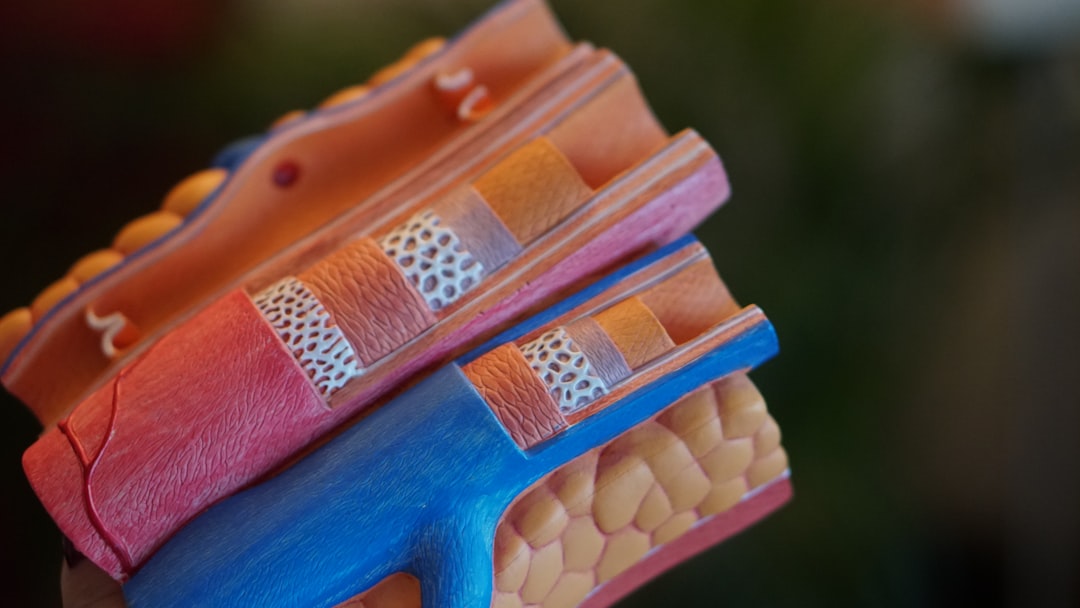What is it about?
Portulaca pilosa L and Portulaca oleracea L were comparatively studied for the total content of polyphenols and flavonoids, antioxidant activity, individual polyphenols, short-chain organic acids, and saccharides in extracts of plants collected from Bucharest ‘‘delta’’ using spectrometry and capillary electrophoresis. The polysaccharide fractions were assessed for cytotoxicity on normal and tumor cell lines. The results obtained highlighted that Portulaca pilosa could be considered more valuable than Portulaca oleracea because of its higher content in important flavonoids (quercetin 101.70 ± 2.68 μg g −1 dry weight plant material, rutin 96.24 ± 0.74 μg g −1 DW plant material) and some phenolic acids (chlorogenic acid 161.33 ± 0.67 μg g −1 DW plant material, p-coumaric acid 61.40 ± 5.50 μg g −1 DW plant material) of the ethanolic extracts, for its lower content in oxalic acid that is considered anti-nutrient of the aqueous extracts, and for its higher content in saccharides, especially rhamnose and xylose, with consequently higher cytostatic effect of the polysaccharide fraction. The current study presented for the first time the content in polyphenols, short chain organic acids, and saccharides of Portulaca pilosa and proved that this species has noticeable antioxidant activity, low toxicity on normal cells, and high toxicity on tumor cells and could be considered important for health and food industry.
Featured Image
Read the Original
This page is a summary of: Chemical constituents and bioactive potential of Portulaca pilosa L vs. Portulaca oleracea L, Medicinal Chemistry Research, March 2017, Springer Science + Business Media,
DOI: 10.1007/s00044-017-1862-5.
You can read the full text:
Contributors
The following have contributed to this page










